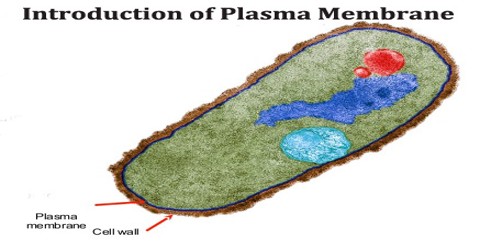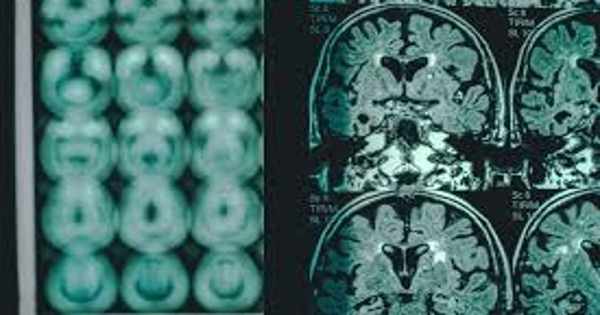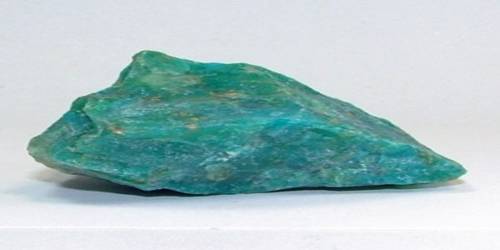Introduction of Plasma Membrane
Definition
The Plasma Membrane is a semipermeable limiting layer of cell protoplasm consisting of a fluid phospholipid bilayer with intercalated proteins. The plasma membrane, also called the cell membrane. The plasma membrane protects the cell from its external environment, mediates cellular transport, and transmits cellular signals.

The plasma membrane is the boundary between the cell and its environment. It regulates what enters and exits the cell. Cells must maintain an appropriate amount of molecules to function inside them. They must also have a way to keep things out or to allow things to enter. This is the job of the plasma membrane. The plasma membrane is like the guard at a gated community. The guard must inspect those who enter and those who leave to make sure that only the people and things needed in the community are there.
The plasma membrane consists of two layers of lipids, fats linked with different proteins performing the roles of receiving information or transporting molecules. The plasma membrane forms a barrier between the interior of the cell and the rest of the body. It allows substances that it needs to function to pass inside the cell. The plasma membrane and is the main guarantor of exchange between the cells and the rest of the body.
Components of Plasma Membrane

The main components of plasma membrane include:
- Proteins like glycoprotein, which are used for cell recognition and act as receptors and antigens.
- Proteins like glycolipids are attached to phospholipids along with the sugar chains.
- Lipids with short chain of carbohydrates are attached on the extracellular side of the membrane.
- Phospholipid Bilayer – which are made up of phosphates and lipids. They create a partially permeable membrane, which allows only certain substances to diffuse through the membrane.
- Cholesterol – it maintains the fluidity of cell surface membrane.
Functions of Plasma Membrane
The four main functions of the plasma membrane include identification, communication, regulation of solute exchange through the membrane, and isolation of the cytoplasm from the external environment. The plasma membrane is a semi-permeable phospholipid bilayer that contains a hydrophilic head and a non-polar hydrophobic tail. It contains hydrogen bonds between the phospholipids that help hold the plasma membrane together; cholesterol molecules are also embedded into the membrane for fluidity.
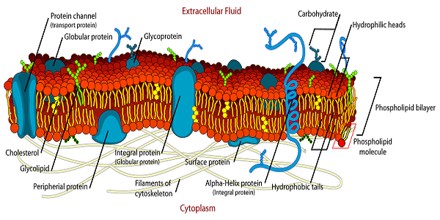
The plasma membrane contains channel, carrier, receptor, enzymatic and cell recognition proteins that all contribute to the membrane’s functions. The channel proteins form small openings where certain molecules and solutes diffuse through and get into the cell. Carrier proteins have binding sites that grab onto certain solutes outside of the cell and transport them into the cell. Receptor proteins trigger a set of cellular responses when they are bound.
The plasma membrane protects the cytoplasm and all of the cellular organelles by forming a selective barrier between the cell’s organelles and the outside environment.
Structures of Plasma Membrane
The plasma membrane is composed of a phospholipid bilayer, which is two layers of phospholipids back-to-back. Phospholipids are lipids with a phosphate group attached to them. The phospholipids have one head and two tails. The head is polar and hydrophilic, or water-loving. The tails are nonpolar and hydrophobic, or water-fearing.
The currently accepted model for the structure of the plasma membrane, called the fluid mosaic model, was first proposed in 1972. This model has evolved over time, but it still provides a good basic description of the structure and behavior of membranes in many cells.
According to the fluid mosaic model, the plasma membrane is a mosaic of components—primarily, phospholipids, cholesterol, and proteins—that move freely and fluidly in the plane of the membrane. In other words, a diagram of the membrane (like the one below) is just a snapshot of a dynamic process in which phospholipids and proteins are continually sliding past one another.
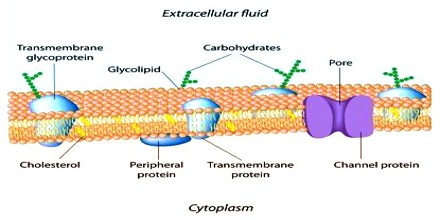
The principal components of the plasma membrane are lipids (phospholipids and cholesterol), proteins, and carbohydrate groups that are attached to some of the lipids and proteins. The proportions of proteins, lipids, and carbohydrates in the plasma membrane vary between different types of cells. For a typical human cell, however, proteins account for about 50 percent of the composition by mass, lipids (of all types) account for about 40 percent, and the remaining 10 percent comes from carbohydrates.
The plasma membrane is also dotted with proteins. Some of the proteins are peripheral proteins that only go halfway through the membrane, while others are integral proteins that go entirely through the membrane. These proteins serve as channels to allow the molecules to enter and leave the cell.
Carbohydrates are the third major component of plasma membranes. In general, they are found on the outside surface of cells and are bound either to proteins (forming glycoproteins) or to lipids (forming glycolipids). These carbohydrate chains may consist of 2-60 monosaccharide units and can be either straight or branched.
